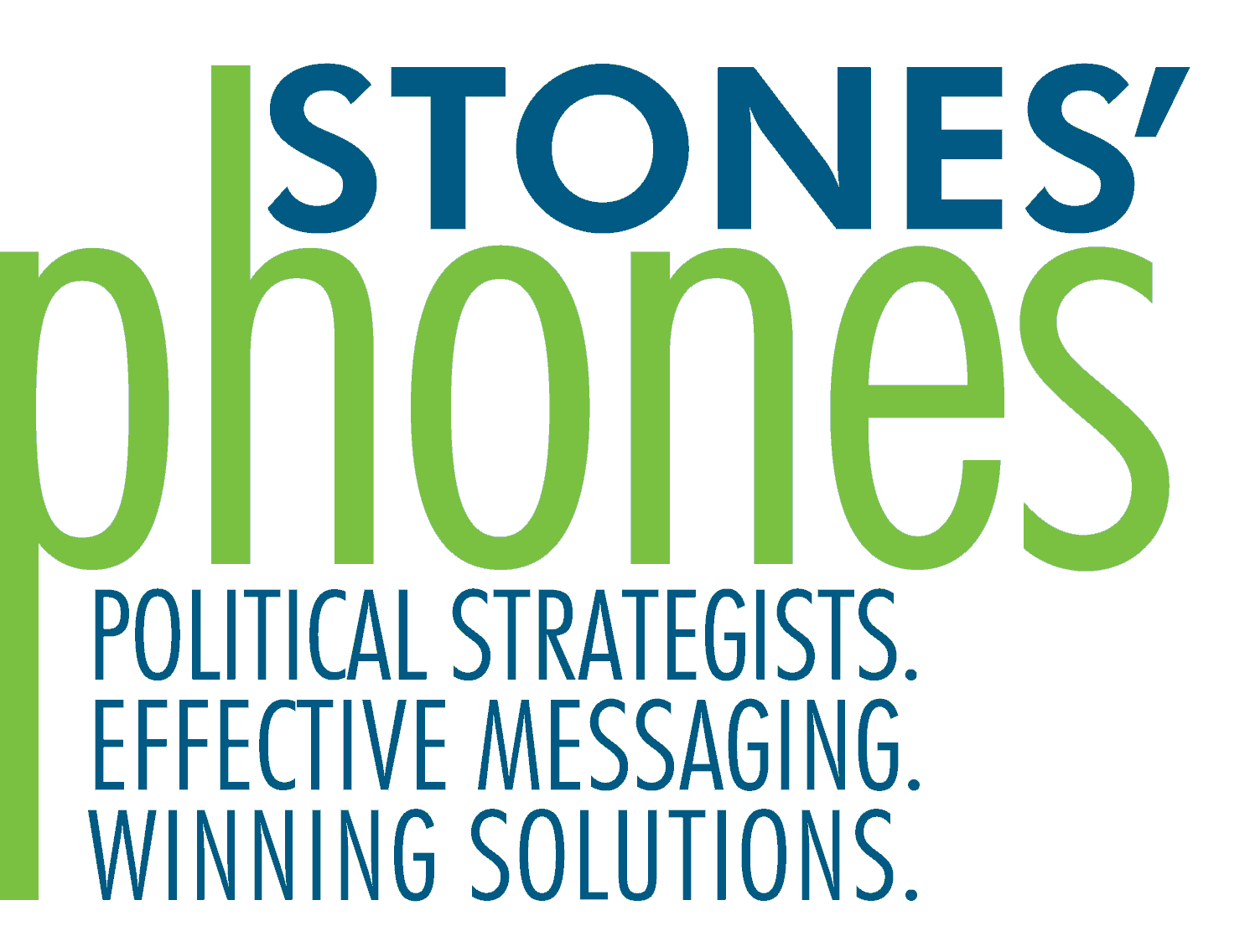One thing that events streamed on Facebook Live, Google Hangout or Zoom have in common is that they all depend on people remembering to sign on.
Sounds simple enough. But in practice, only your most committed supporters or donors will keep these appointments. It is just human nature. Moreover, the capacities of these platforms are in the hundreds of participants — not the thousands.

If you want to talk to a lot of people at once, or you want to reach out to people who are not in your inner circle – think voters or potential supporters — you need a Telephone Town Hall.
Now, decision makers don’t need to choose between Facebook Live, Google Hangout, Zoom or Telephone Town Halls. There is a middle ground that has the benefits of both.
A hybrid event has a Telephone Town Hall connect with voters or potentials supports the way it always has – those called receive an automated message asking them to simply stay on the line to participate.
Alongside the Telephone Town Hall the organizers set up one of the video streaming platforms and have all their speakers log on. Stones’ Phones then takes the audio from the Telephone Town Hall and pushes it to the livestream.
While capturing a passive audience through the phone, these events also have an audience of supporters who have actively tuned into the livestream of the video, either through Zoom, Google Hangout or Facebook Live.
“These events have a bigger audience,” said Will Wrigley, Strategist at Stones’ Phones. “They reach more people because it’s pushed out on the phones and online simultaneously. A lot of people will never see an ad for your virtual event online, but they will pick up their phone.”
The hybrid Telephone Town Halls and livestream work like this:
Those watching the livestream can submit their questions digitally through the platform’s comments section, while those on the phones can submit the question to the screener who then relays it to the moderator.
“The only thing you miss from a traditional Telephone Town Hall is the live asking of the question,” said Wrigley.
While the technology to support these events isn’t new, their popularity and users’ desire to merge the two is growing during the pandemic. “Now it’s really come to the forefront as something that campaigns and organizations really want to do because their audiences are all at home, and they’re doing video chats for work or staying in touch with family, so the familiarity is there,” said Wrigley.
In fact, other practitioners in the campaign industry are also observing increased response rates to phones outreach. Democratic pollster John Anzalone put it this way to the Washington Post: “It’s like it’s the 1990s and everyone is basically an old woman in rural Iowa picking up their landlines.”
For those planning to host an event, here are a few things to remember:
Have a lively moderator with a nicely staged background. Her or his voice will keep the telephone audience engaged, and good lighting and staging helps for the video audience.
Take questions from both the Telephone Town Hall participants and the live stream folks. Remember your live stream folks may be more knowledgeable about your effort or are already supporters, the folks on the Telephone Town Hall need to be persuaded – so don’t preach to the smaller streaming audience and forget the people you need to bring to your side.
Scheduling is key for reaching a wide audience. If your event is local, consider a time between 6 and 8 p.m. in your time zone. If your event is national, consider a time around 7:30-8 p.m. EST to engage audiences on both coasts.
